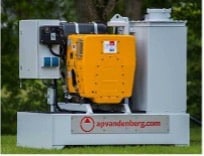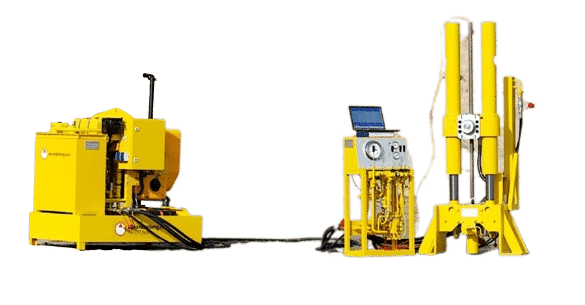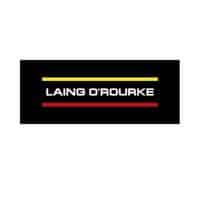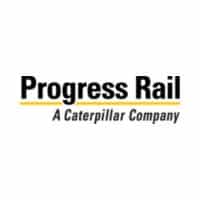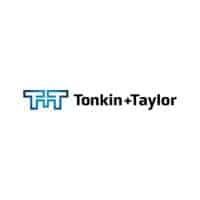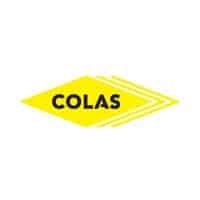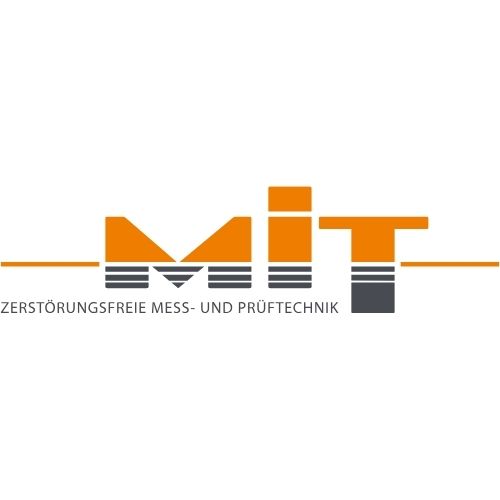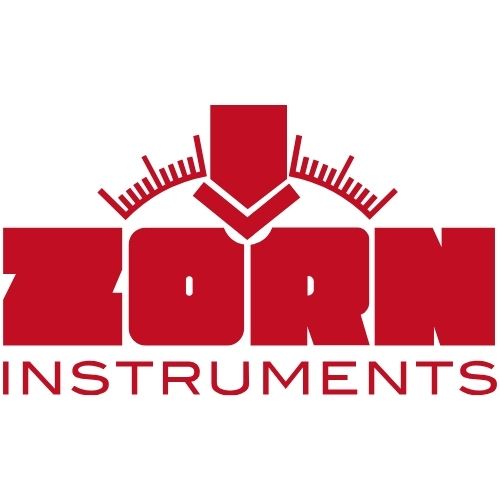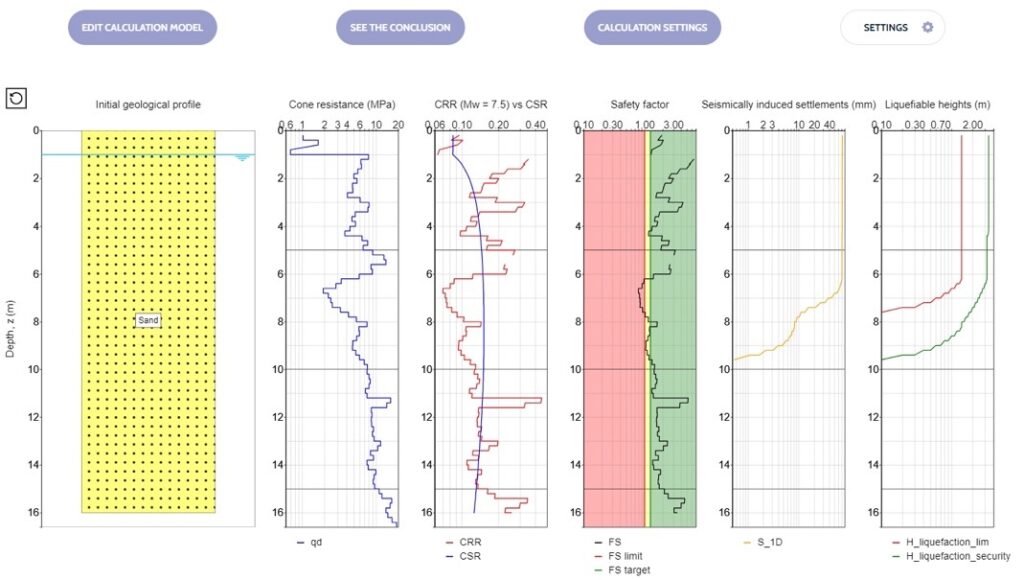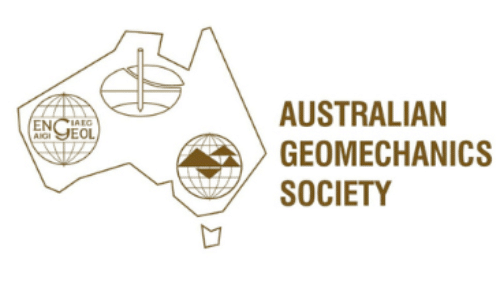- Robust CPT pusher (dimensioned for 300 kN force) with nominal 200 kN pushing force and 260 kN pulling force
- Mountable CPT skid unit, ideal for jack up barges, trucks, crawlers or a frame
- Easy to use, move (including crane lifting) and transport
- Professional is best option for testing over water up to 30m deep and for high rates of production
For pushing down the cone into the soil during a Cone Penetration Test (CPT), you need a sturdy and reliable pusher. With a 30 year pedigree, the HYSON 200 kN Professional from A.P. van den Berg is a twin cylinder type penetrometer equipped with a hydraulic push/pull clamp that is easily changed from 36 mm to 56 mm necessary for working on near-shore jobs. The hydraulic catching clamp will prevent the rods from falling down when working over open water.
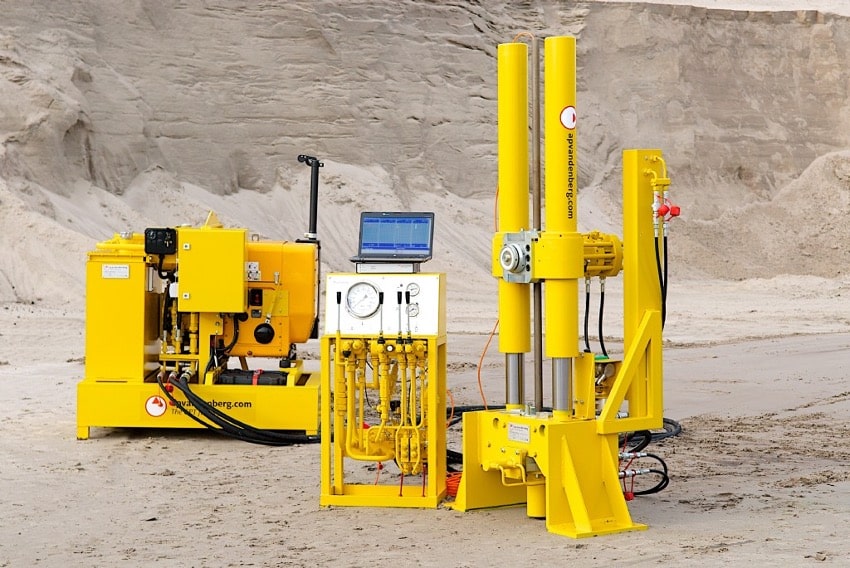
The piston rods are connected to the lower beam and connected with each other by the upper beam of the CPT rig. When the cylinders are moving, the upper beam moves up and down. The lower beam is immobile and can be mounted to a truck or crawler to create a so called ballasted system.
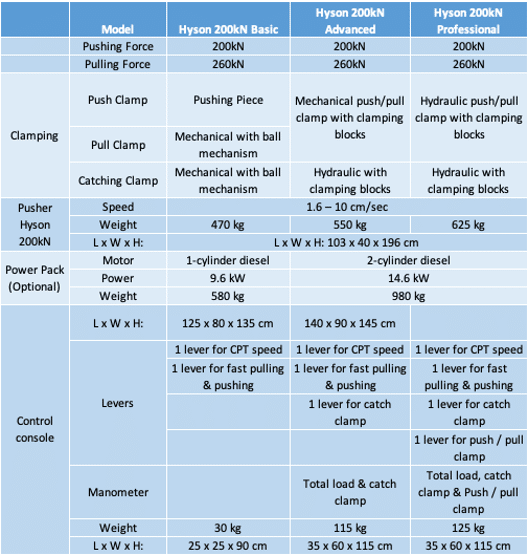
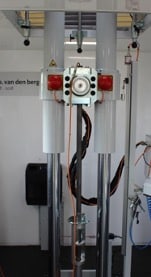
Options include:
- Power pack including hydraulic hoses and a 220 Volt 800 VA power convertor to power the data acquisition system and laptop.
- To be able to connect extra electrical peripheral equipment, an electrical converter of 1500 VA can be integrated on the power pack. The convertor will be mounted in a special housing including two wall sockets.
- Instead of the diesel powered motor, an electric motor can be supplied.
- Horizontal rod rack for 63 CPT rods (Stacked in layers 7×9)
- Vertical rack for 20 casing tubes
- Additional valves to connect truck hydraulic levelling jacks by 4 valves integrated in the hydraulic console.
Cone Penetration Test (CPT) Sales, Calibration, Service and Spare Parts
Insitutek are proud to represent A.P. van den Berg Cone Penetration Test (CPT) equipment in Australia, New Zealand and the Pacific Islands. We provide a high level of client support, from technical pre-sale consultations and supply of equipment to commissioning, user training, after-sale technical support, servicing, repairs, and calibrations. Our service centre is also well stocked with spare parts and consumables.
To find out more, Contact Us.
